Nasty, brutish, and short—what the next Korean War will look like
Kim Jong-un will likely never be invited to Donald Trump’s Mar-a-Lago estate, but the North Korean leader knows how to make his presence felt there nonetheless.
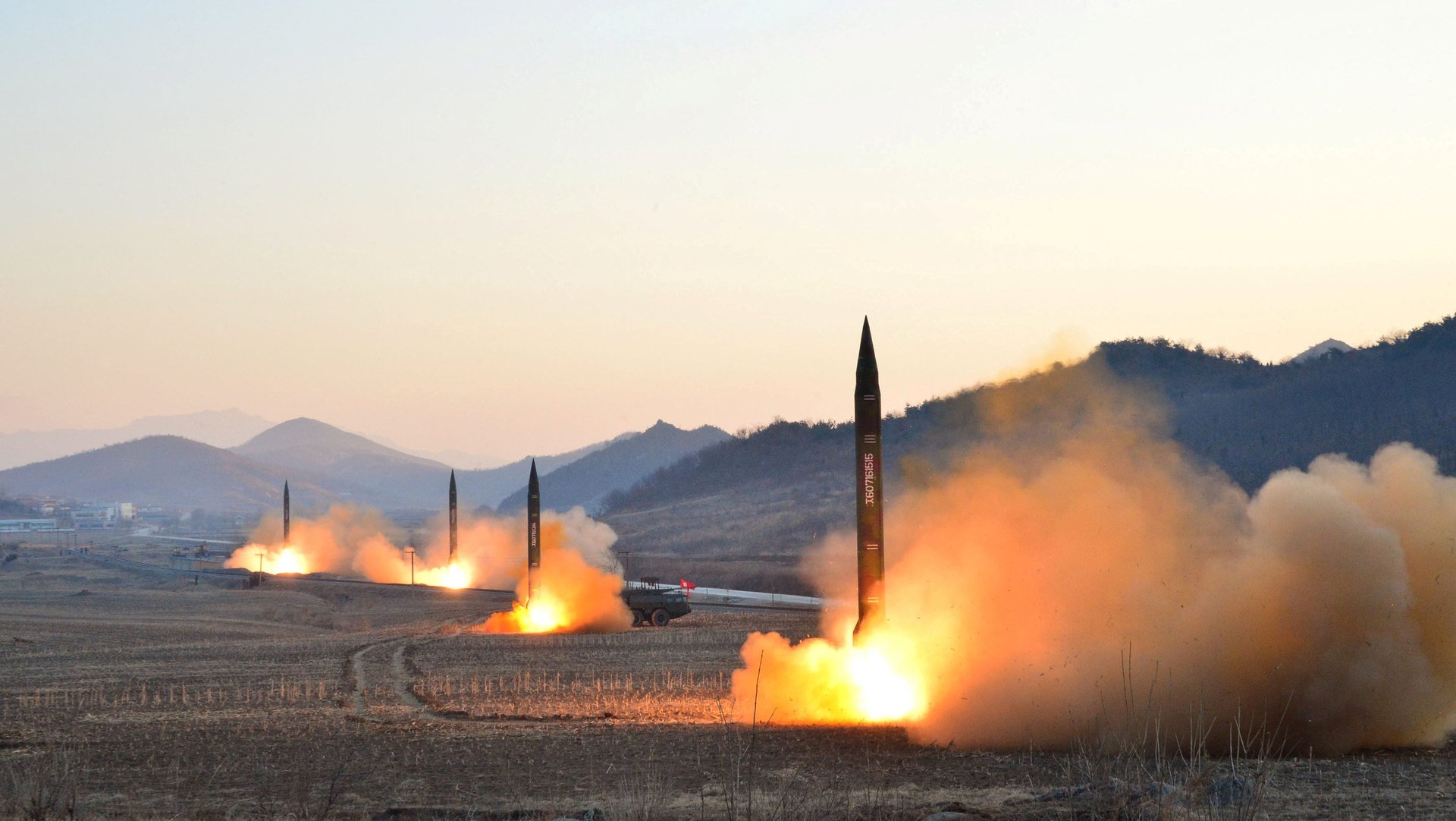

Kim Jong-un will likely never be invited to Donald Trump’s Mar-a-Lago estate, but the North Korean leader knows how to make his presence felt there nonetheless.
When Trump hosted Japanese prime minister Shinzo Abe in February, news of a North Korea missile test interrupted the proceedings, turning a dining area into a socially awkward situation room. Another test came in April, just before a visit to the Florida resort by Chinese president Xi Jinping. (Read latest, July 4: North Korea just test-launched a missile capable of hitting Alaska)
The world is, of course, accustomed to attention-seeking military stunts from North Korea. It’s just that they’re getting harder to dismiss. The rogue nation established its nuclear prowess years ago, and its missile technology appears to be advancing at an alarming rate. Some analysts believe it could have the ability to hit US metros with nuclear-tipped intercontinental ballistic missiles (ICBMs) within a few years.
To be sure, a preemptive military strike either by or against North Korea looks unlikely. For the Kim regime it would almost certainly amount to suicide. For its enemies it would lead to a costly and divisive invasion and aftermath.
But at the same time, a conflict seems to be a growing possibility, with North Korea practicing to hit US bases in Japan and Trump boasting this month that “if China is not going to solve North Korea, we will.” Trump and Abe spoke again (paywall) about the North Korean threat April 8.
Then, just days after the US launched its go-it-alone airstrike against the Assad regime in Syria, the US navy said it had diverted a carrier group led by the nuclear-powered USS Carl Vinson to steam toward the Korean peninsula. “The president has asked to be prepared to give him a full range of options to remove that threat to the American people and to our allies and partners in the region,” H. R. McMaster, Trump’s national security adviser, said on Fox News Sunday.
So it’s worth asking: What might a conflict with North Korea actually look like?
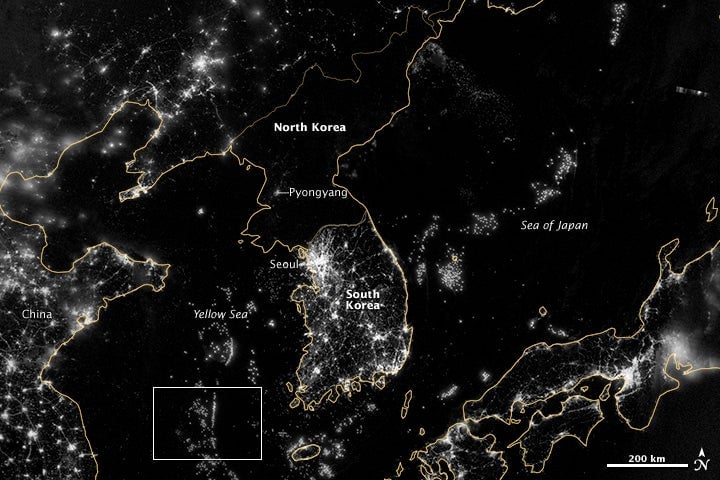
Rapid escalation
As the Kim regime develops ever scarier capabilities, the US and its allies surround it with ever more advanced weapons and defense systems. The US is for instance setting up the THAAD (Terminal High Altitude Area Defense) anti-missile system in South Korea aimed at neutralizing missiles launched from the North. During war exercises last month off the Korean coast, F-35s took off from the flight deck of the Vinson. Also present, reportedly, were the same kind of special forces that took out Osama bin Laden.
North Korea has responded to such threats by becoming more versatile with its missile skills, thanks partly to the modernization of the manufacturing facilities that produce the parts for its missiles and nuclear programs. Last August it test-launched a ballistic missile from a submarine for the first time.

Whereas in the past the North conducted tests designed to demonstrate that its Scud, Nodong, and various other missiles worked, in recent years it’s focused on practicing moving and quickly launching such weapons (and more advanced variants) from different locations around the country, notes nonproliferation expert Jeffrey Lewis in a Foreign Policy article published last month:
These aren’t missile tests, they are military exercises. North Korea knows the missiles work. What the military units are doing now is practicing—practicing for a nuclear war.
Should Pyongyang feel that a “decapitation strike” is imminent, it might choose to move first, says Euan Graham, a security analyst with the Lowy Institute for International Policy in Sydney.
It seems increasingly clear from how it’s training, as well as testing—and there is I think an important distinction there—that going early and going nuclear is part of the North Korean game plan. So it could rapidly accelerate if the North believes it’s being invaded or decapitated, or any of those other intense scenarios.
Of course, the Kim regime knows that launching a bunch of nukes would quickly lead to its own demise. But it looks at what happened to Iraq’s Saddam Hussein and Libya’s Muammar Gaddafi and concludes that both, if they had had nuclear weapons, would “still be alive and in power today,” Graham adds. “And that’s very powerful lesson.”
In the wake of last week’s US strike on Syria, North Korea said as much.
“What happened in Syria once again taught a bitter lesson that…one can defend oneself from the imperialist aggression only when one has one’s strength,” the foreign ministry spokesman was quoted as saying by Pyongyang’s official Korean Central News Agency, according to the Wall Street Journal (paywall). “We were entirely just when we have bolstered our nuclear force remarkably.”
While North Korea is making real advances in its weapons technology, it’s also more than willing to make its enemies think it has more firepower than it actually does. In 2012 it displayed in a military parade what appeared to be intercontinental ballistic missiles (ICBMs). Analysts later dismissed them as fakes.
North Korea does have hundreds of (pdf) short- and medium-range ballistic missiles for use against targets on the Korean Peninsula and in Japan, according to the US defense department. It also has intermediate-range missiles that could conceivably hit US bases as far away as Guam.
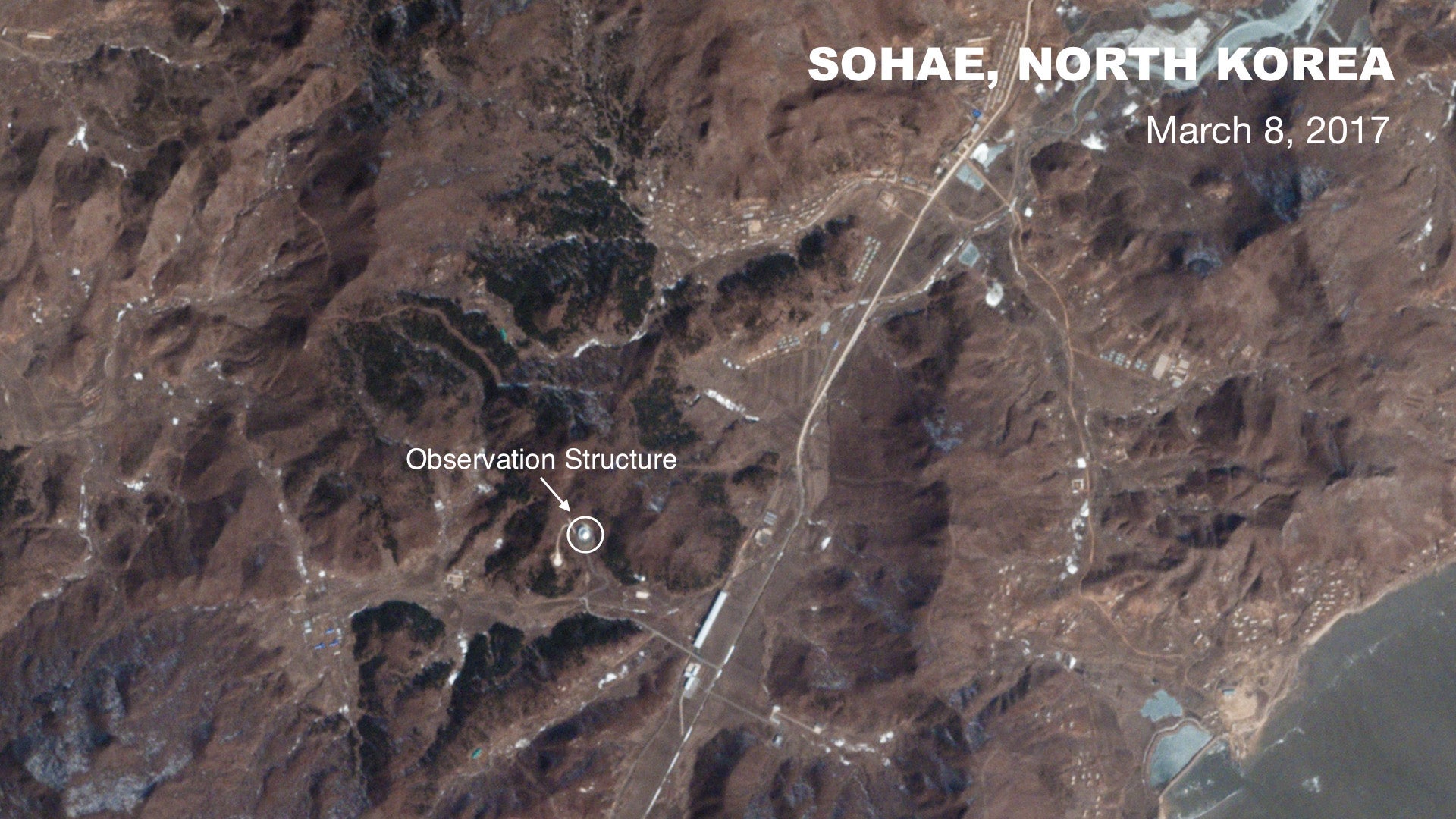
The Stockholm International Peace Research Institute estimates that North Korea has 10 to 12 rudimentary nuclear warheads and the manufacturing capacity to make an additional four to six each year. It has also noted, however, that estimates vary widely because the nation’s nuclear program is so opaque. The Brookings Institution says the number is “generally estimated at between 10 to 20 weapons.”
Last year South Korea stocked up on ”bunker-busting” missiles, with the aim partly being to take out the North’s heavily protected nuclear operations.
How long it might last
As long as China didn’t get involved to help the North, says Robert E. Kelly, a professor at Pusan National University in South Korea, the Kim-controlled Korean People’s Army (KPA) would lose in a conventional ground war to the US and its allies within “six weeks, a month, two months max.”

Of course a two-way nuclear exchange would play out differently, but the US and its allies would be hesitant to use that option. “If we’re exchanging nukes across the peninsula then things have deteriorated to the point when all other options have been exhausted, and we’re in a very different world. But it’s not a path that I think they would use,” says Graham.
There would be “huge public anxiety” in the South about radioactive contamination, he notes, and even the US, despite its distance, could be affected by the fallout due to wind direction.
As for the North, it might not get a chance to even use its nukes. Says Kelly:
“Part of the modern American way of war is to cut off the center from sort of the limbs when the wars start. The Americans are big on decapitation strikes and destruction of command-and-control. The idea is that once units in the field can’t communicate with their commanders, they start surrendering… Once Pyongyang gets isolated, even if they choose to launch, the launch orders wouldn’t get there.”
Air power would quickly take out the North’s communications systems, missile defense, and infrastructure like bridges and roads.
Kim’s KPA has well over a million troops (though even in peacetime, they’re known to be malnourished). He would likely order an invasion of Seoul. Last December his commandos assaulted a mock version of the Blue House, South Korea’s presidential complex, that he had constructed. US and South Korean forces would counter that offensive until KPA troops became “cut off from the center” and began to falter.
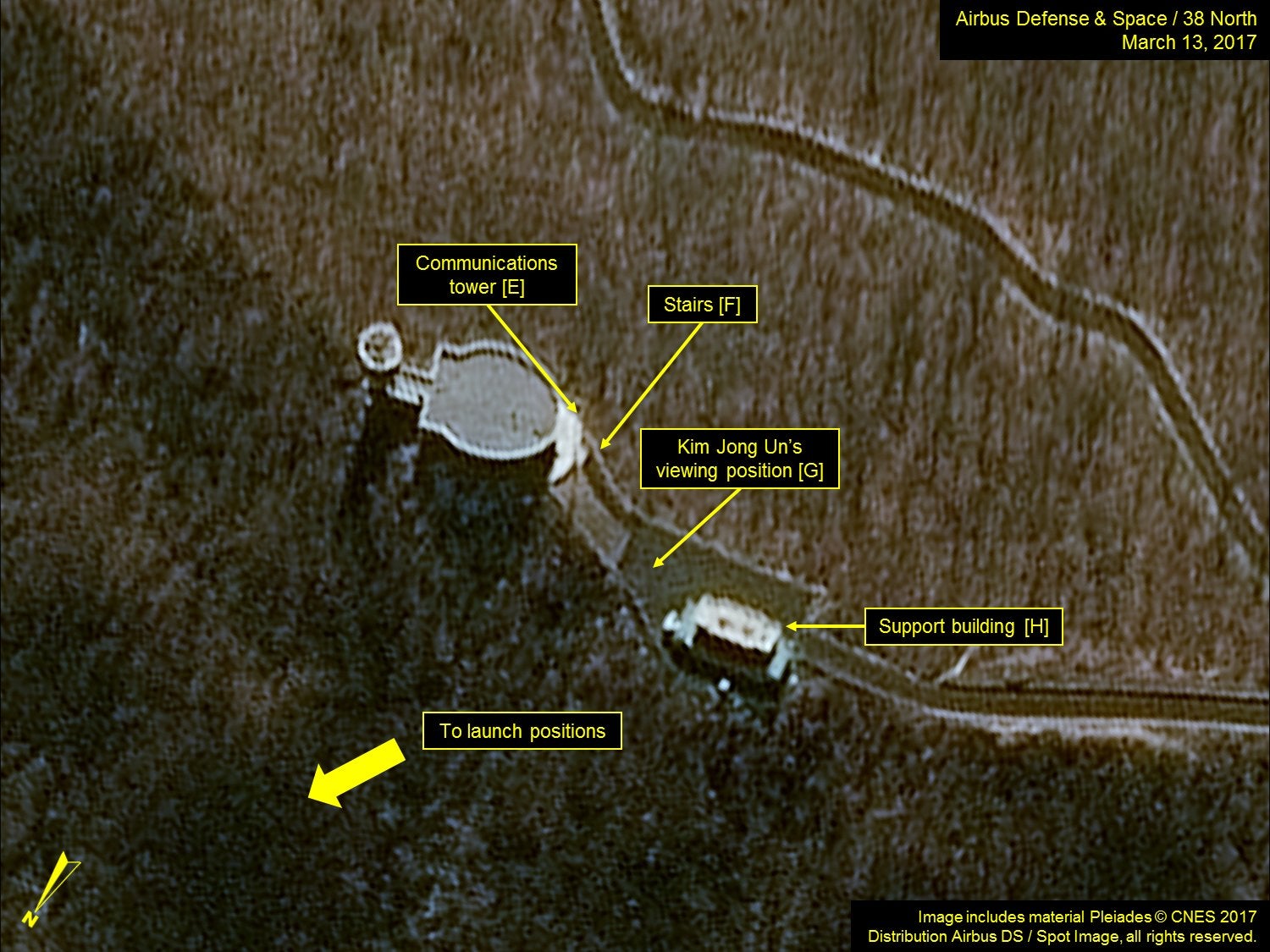
However long the duration, of course, North Korea would have plenty of opportunities to inflict significant damage. It might launch nuclear or conventional missiles toward US bases on Okinawa or Guam, for instance. Kelly, though, has his doubts about North Korea’s skills in missile guidance.
“My guess is that when they start launching, a lot of them are just going to fall in the water,” he says.
Drone-delivered chemical weapons
One possibility is that the North would unleash its chemical or biological weapons upon South Korean cities, notes Lowy Institute’s Graham. “I don’t think there’s enough attention to the chemical stockpiles.” He adds:
It’s probably more likely that there would be a use of chemical weapons than nuclear, because with nuclear of course it’s the all-bets-off scenario… it would be very risky for anyone in the chain-of-command, including of course Kim Jong-un, to order that. Whereas chemical weapons, they’re in a kind of in-between type status, and it’s easier to think of a scenario where if North Korea wanted to escalate but not to the level of a nuclear exchange that would bring the roof in, then chemical weapons is a way to do that. And it wouldn’t have to be a mass chemical weapon salvo on Seoul. It could be done in a limited form.
Pyongyang never signed on to the Chemical Weapons Convention prohibiting the development and stockpiling of such arms and is believed to have vast quantities of them. It could deliver nerve agents via conventional missiles, which would be a sure-fire way to deliver them in quantity.
Another possibility is to deliver them via drones, of which Seoul estimates the North has about a thousand, including the large stealth variety.
Drones could deploy the chemical weapons in cities beyond the range of missiles. And whereas artillery would leave more of a footprint, and thus be more exposed to a counter-attack, a drone is more random and has the potential to deliver “much greater economic and psychological shock value beyond the actual military value,” says Graham.
(South Korea, of course, also has drones to deploy, albeit without chemical weapons.)
The tunnel network
Whatever high-tech weaponry is at hand, the job of taking out command-and-control would be complicated by a more basic technology: the tunnel. North Korea has had decades to expand upon its extensive tunnel network, which proved hugely problematic for US forces during the Korean War in the 1950s.
“I think there’s probably no more-tunneled country in the world than North Korea,” Graham says. “It’s safe to assume it would be very difficult to get any kind of high-value target in North Korea.”
Difficult, but not impossible. These days the North’s enemies have the advanced bunker-busting missiles that South Korea stocked up on last year.
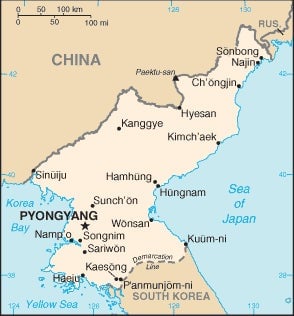
Road tunnels would make it even harder to take out truck-based mobile missiles the North has developed that can be erected and launched in 10 minutes or so, he adds, noting US forces failed to eliminate any Iraqi Scud transporters during the first Gulf War in the early ’90s—in a wide open, tree-less environment.
Tunnels aren’t just for defense. In the 1970s and ’80s North Korean tunnels were discovered under the demilitarized zone (DMZ) dividing the two nations. The North claimed they were for coal mining, but the South believes they were for sending forth troops underground, and has trained specialists to look for more of them. There are even “tunnel hunter” hobbyists in the South who obsess over (paywall) where the North might have dug “infiltration tunnels” capable of reaching Seoul.
An insurgency
Another lesson from the Middle East that might apply to North Korea is the need for counter-insurgency capabilities. Kelly notes that the North has hundreds of thousands of special troops “who really believe in the ideology” and Kim Jong-un as a “divine person.” Such soldiers could fall back into the mountains, regroup, and stage attacks for years on a South Korean force that has no or little training in dealing with insurgencies.
Fear of this possibility stems largely from the US experience in Iraq with Saddam Hussein loyalists, or “dead-enders,” who continued staging deadly attacks well after their leader’s downfall. But as with everything in North Korea, it’s hard to know at this point how much of a threat this might be.